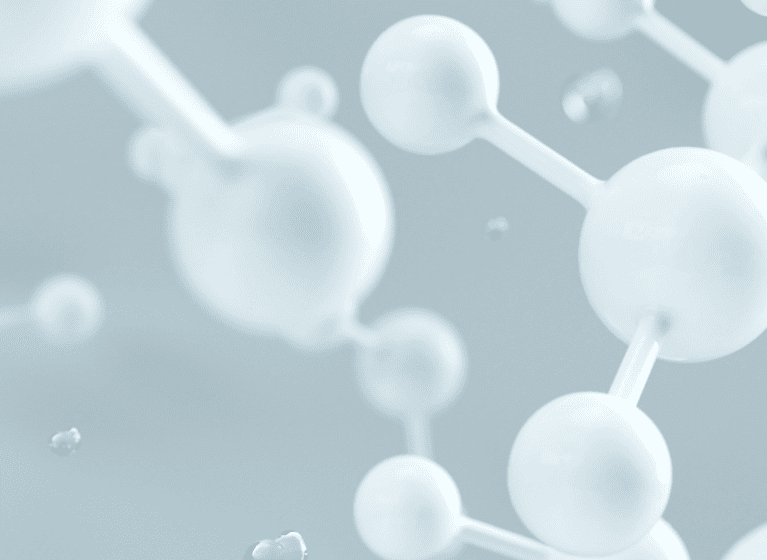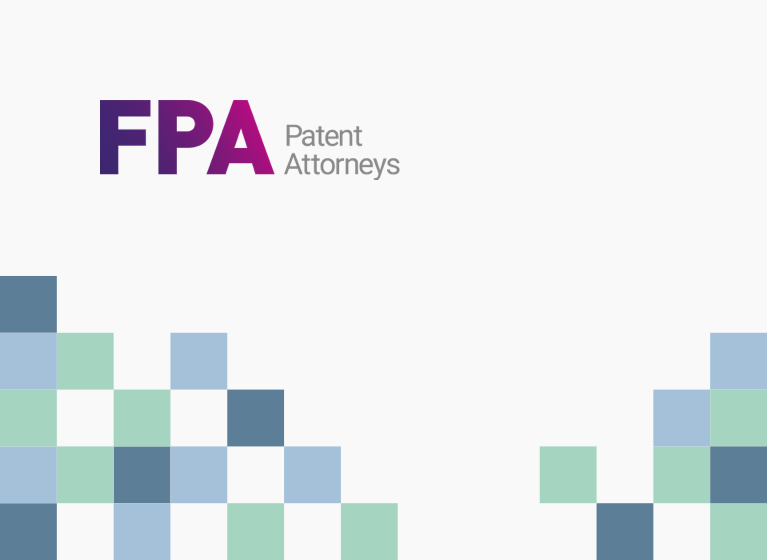Inherency is not part of Australian novelty law according to the courts. But a recent appeal court decision considers novelty where there is either implicit disclosure or the claimed invention is the inevitable result of the skilled person following a prior art process. Each of the rulings outlined below (which may be considered to be aspects of inherent disclosure) succeeded or failed based on the quality of the testimony of the expert witnesses. The outcome demonstrates how critical it is, when involved in Australian patent litigation, to engage a specialist firm to ensure correct engagement of experts and mindful preparation of expert evidence.
Case
AU 752215 (the Patent) is an Australian patent held by Danisco A/S (Danisco) for a process of making a foodstuff in particular, bread. Danisco sued Novozymes A/S (Novozymes) alleging that their Lipopan Xtra product infringed the Patent. This appeal decision by Justices Greenwood, Jessup and Yates overturns aspects of Justice Bennett’s decision to find claims 1 and 7 invalid and therefore not infringed.
Invention
The Patent is for a process for preparing baked goods using an enzyme to generate an emulsifier and a second functional ingredient from constituents in the raw dough or starting material. The enzyme is then inactivated during baking. This process minimises the additives in the bread.
The relevant claims provide:
Claim 1
A process for preparing a foodstuff suitable for consumption comprising an emulsifier, the process comprising the steps of
(i) providing a food material containing a fatty acid ester and a second constituent;
(ii) contacting the food material with an enzyme such that an emulsifier is generated by the enzyme from the fatty acid ester and a second functional ingredient is generated from the second constituent;
(iii) inactivating or denaturing the enzyme to provide the foodstuff comprising the emulsifier, the fatty acid ester and the enzyme in an inactive form or a denatured form.
Claim 7
A process according to any one of the preceding claims wherein the foodstuff comprises at least the emulsifier and the second functional ingredient, and wherein the emulsifier and the second functional ingredient have been generated from the fatty acid ester and the second constituent of the food material by the enzyme.
When a combination of explicit and implicit disclosure destroys novelty
The Johnson patent (US 3,368,903) expressly describes every feature of claims 1 and 7 except that the monoglyceride produced by the Johnson process is not described functionally as an emulsifier. At first instance, Justice Bennett held that anticipation required the Johnson patent to expressly disclose the monoglyceride is an emulsifier.
The Full Court overturned this decision to find an implicit disclosure of the final feature sufficient to destroy novelty. As the skilled person knew a monoglyceride was an emulsifier at the priority date, there was implicit disclosure of this feature. Thus, claims 1 and 7 lacked novelty.
It was not expressly stated, but appears by implication in the decision, that it would not have been enough that the monoglyceride is, in fact, an emulsifier if the skilled person did not know that fact. This may be different from the United States or European Patent Office position.
Evidence of an inevitable result not required when relying on implicit disclosure
Danisco argued that implicit disclosure was not enough to destroy novelty in this case as the issue was whether a baker following the directions given in the Johnson patent, would have used a process as claimed in the patent in suit, including producing a foodstuff which contained an emulsifier. This argument required evidence of the inevitable result of following those directions which Novozymes did not prepare.
The Full Court dismissed this argument confirming it was ‘sufficient if the skilled addressee were able to perceive that the monoglyceride in terms disclosed in the Johnson patent was working as an emulsifier’.1 Thus, where there is sufficient express and/or implicit disclosure there is no need for evidence on the result of the disclosure.
An implicit disclosure must give clear and unmistakable directions to the invention
Following the findings on the Johnson patent, the court considered novelty in light of the Novo patent (WO98/26057). The Novo patent explicitly disclosed the phospholipase activity of the enzyme used. In order to anticipate the Patent, the Novo patent also needed to disclose the generation of a second functional ingredient. Novozymes argued the second functional ingredient was the product of the lipase activity of the enzyme.
It was clear from Example 9 of the Novo patent that the enzyme had lipase activity at pHs higher than those used in bread making but there was no express disclosure of lipase activity under conditions for bread making.
The Full Court agreed with Justice Bennett that ‘the skilled reader would have “to draw conclusions as to…activity at different pHs and [make] a comparison of the enzyme’s activity as a phospholipase and a lipase” if he or she were to come’ to the claimed invention.2 The drawing of these conclusions was not straightforward. If the lipase activity was too low, this issue could not simply be fixed by increasing the amount of enzyme because that could result in too much phospholipase activity.
Given the difficulty with identifying the right concentration and conditions for dual activity the Full Court agreed with Justice Bennett that ‘the Novo patent did not, even implicitly, disclose…the generation of a second functional ingredient’ from the lipase activity of the enzyme.3 The skilled person ‘might well have thought that such an outcome was within the range of reasonable possibilities, but the specification did not give him or her a clear direction, even an implicit one, towards that outcome’.4 Thus, novelty was not destroyed by implicit disclosure.
If there had been evidence that, at the priority date, the skilled person knew the enzyme has lipase activity when used at the concentration and pH for bread making, the implicit disclosure would have destroyed novelty.
The skilled person does not need to be aware of the inevitable result of following directions in prior art for inherent lack of novelty
A claim lacks novelty if the inevitable result of the skilled person following a process described in prior art is the invention. Novozymes argued a baker following Example 20 of the Novo patent would inevitably perform the process of claim 1 of the Patent. Justice Bennett held:
It is not sufficient for the purposes of Novozymes’ claim of anticipation by reason of the inherent activity of the enzyme only to provide information that enables the use of an enzyme in baking that will “inherently” result in the claimed process where, at the end of that use, the public will be none the wiser as to the integers of the claims….5
The Full Court overruled this to confirm that where the inevitable result of the skilled person following the direction in the prior art is the claimed process, that claimed process will lack novelty even if the skilled person is not made aware of that fact.
The skilled person does not need to have been practically able to follow the directions before the priority date
The Novo patent was published on 18 June 1998 and the priority date of the Patent is 21 July 1998. Danisco argued that the Novo patent did not destroy the novelty of their claims because it was fanciful to suggest that anyone beyond the Novo patent inventors could have obtained the enzyme deposited in Germany according to the Budapest Treaty,6 cloned it and used it to follow Example 20 before the priority date of the Patent.
Justice Bennett agreed ‘it was for the appellants “to establish that the enzyme would have been available to the skilled worker seeking to follow example 20 prior to the priority date.”’7 The Full Court commented that this requirement ‘would require a judgment in each case on the question whether a sufficient time interval had passed between the prior publication and the priority date of the patent of interest to permit, in a practical way, the skilled worker to obtain the wherewithal to convert the published information into a realistic, working, artefact.’8
The Full Court concluded that both the expression of the test for novelty in section 7(1) of the Patents Act 1990 and the General Tire case9 are explicitly hypothetical, for example,
… if carrying out the directions contained in the prior inventor’s publication will inevitably result in something being made or done which, if the patentee’s patent were valid, would constitute an infringement of the patentee’s claim, this circumstance demonstrates that the patentee’s claim has in fact been anticipated. [Emphasis added by Full Court]10
Thus, the Full Court concluded that it is not the following of the directions in prior art, nor even the ability to follow them, that amounts to anticipation: it is the content of the information. If the information contains directions which, if carried out, would constitute an infringement of the patent in suit, the invention under the latter is not novel.
1 Novozymes A/S v Danisco A/S [2013] FCAFC 6 at [108].
2 Novozymes A/S v Danisco A/S [2013] FCAFC 6 at [141].
3 Novozymes A/S v Danisco A/S [2013] FCAFC 6 at [143].
4 Novozymes A/S v Danisco A/S [2013] FCAFC 6 at [143].
5 Novozymes A/S v Danisco A/S [2013] FCAFC 6 at [151].
6 Budapest Treaty on the International Recognition of the Deposit of Microorganisms for the Purposes of Patent Procedure.
7 Novozymes A/S v Danisco A/S [2013] FCAFC 6 at [173].
8 Novozymes A/S v Danisco A/S [2013] FCAFC 6 at [176].
9 The General Tire and Rubber Co v The Firestone Tyre and Rubber Co Ltd [1972] RPC 457.
10 Novozymes A/S v Danisco A/S [2013] FCAFC 6 at [177] quoting The General Tire and Rubber Co v The Firestone Tyre and Rubber Co Ltd [1972] RPC 457 [1972] RPC at 485-486.



